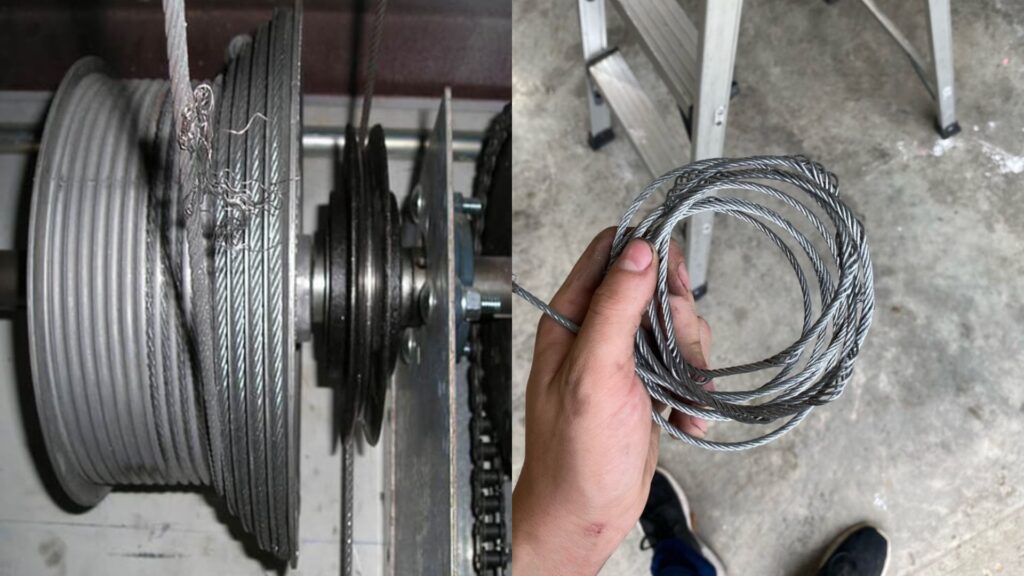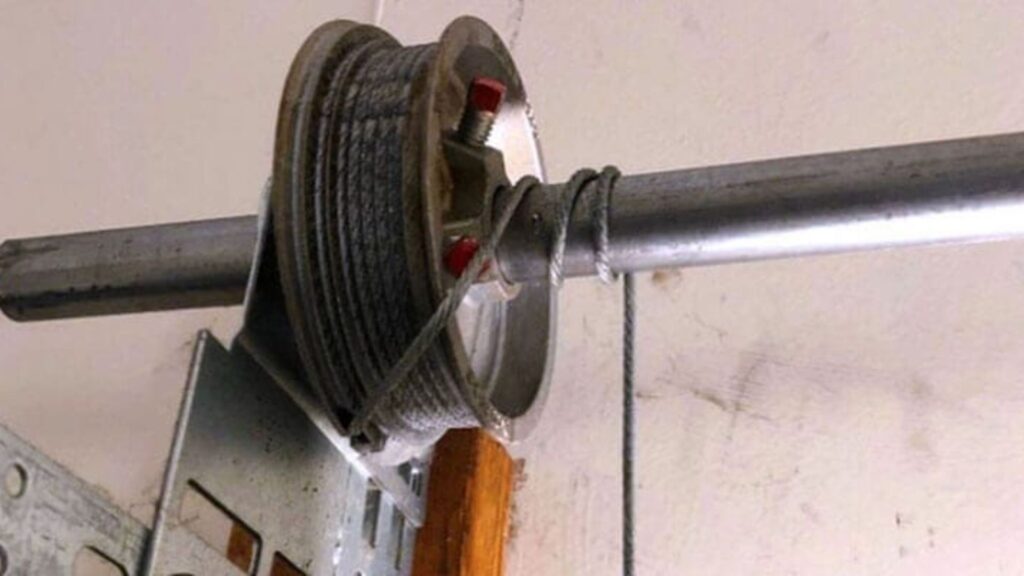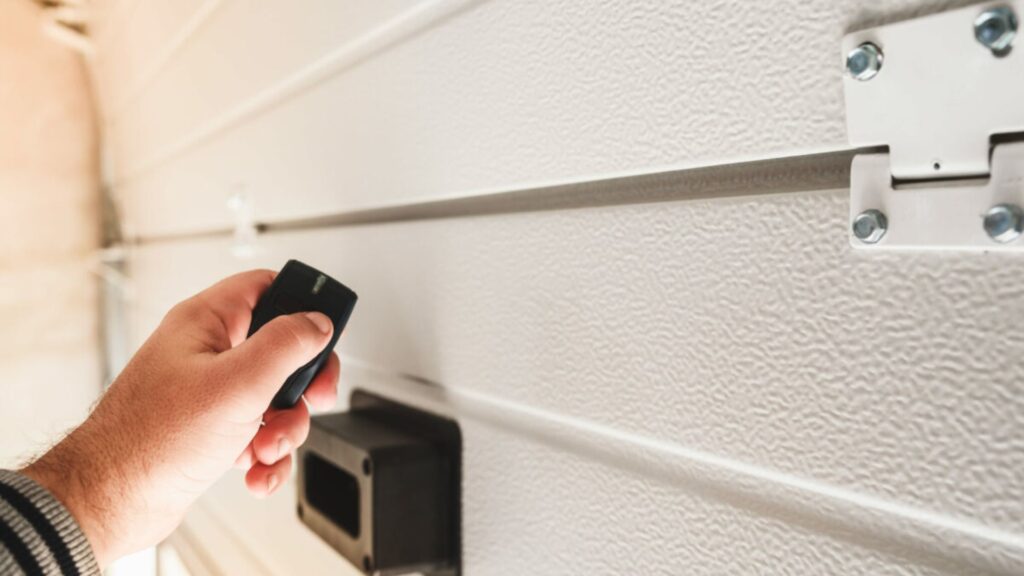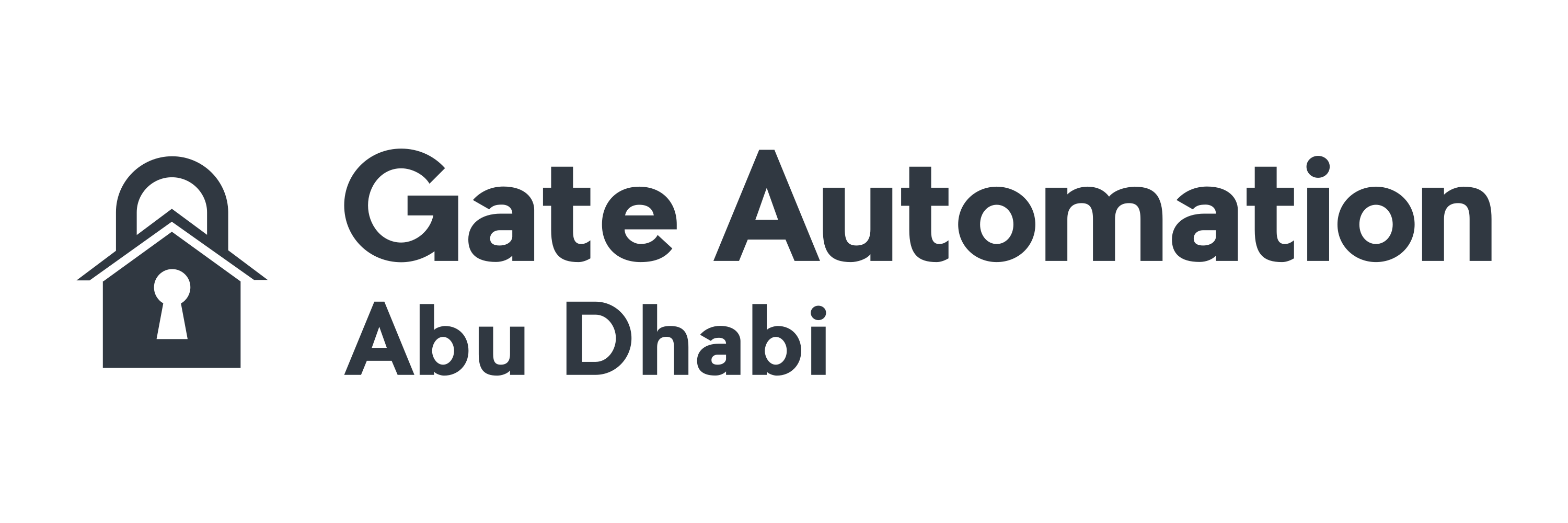These are an essential component of your garage door system, responsible for lifting and lowering the door smoothly and safely. Often overlooked, these cables play a critical role in ensuring the proper functioning of your garage door. Ignoring issues can lead to inconvenience, safety hazards, and costly repairs down the line.
Regular visual inspection is crucial for identifying any signs of wear, tear, or damage early on. By proactively addressing cable problems, you can avoid unexpected malfunctions and extend the lifespan of your garage door system.
Visual Inspection
Performing a visual inspection is simple and can be done without specialized tools. Start by visually examining it for any signs of fraying, rusting, or wear. Look for loose strands or wires protruding, as these indicate potential weaknesses.
Additionally, check the tension of the cables by gently tugging on them. They should feel taut and secure, with no excessive slack. If you notice any abnormalities during the inspection, it’s essential to take action promptly to prevent further damage and ensure safety.
Strange Noises
Strange noises emanating from your garage door can be a sign of underlying issues. Listen for any grinding, scraping, or squeaking sounds when operating the door. These noises could indicate that the cables are rubbing against other components or are in need of lubrication.
Another common noise is a popping or snapping sound, which may occur when the cables are under excessive tension or are about to break. If you hear strange noises from your garage door, investigate it.

Uneven Movement
It should move smoothly and evenly along the tracks when opening or closing.. Uneven movement may occur if one side of the door is being pulled more than the other due to cable imbalance or damage.
Ignoring can lead to further strain on the garage door system and eventual failure of the cables. It’s essential to address this issue promptly to prevent more significant problems down the line.
Slack Cables
Slack or loose cables can compromise the safety and functionality of your garage door system. Over time, it may stretch or become loose due to normal wear and tear, improper installation, or lack of maintenance.
If you notice any slack in this, it’s crucial to adjust them to the appropriate tension level to ensure smooth and safe operation of the garage door
Frayed or Damaged Cables
Frayed or damaged cables pose a significant safety risk and should be addressed immediately. Fraying can occur due to corrosion, excessive wear, or improper tensioning of the cables. Damages are susceptible to breaking, which can result in the sudden collapse of the garage door, causing property damage or injury.
Inspect them regularly for any signs of fraying or damage, and replace them. It’s essential to use high-quality that is suitable for your specific garage door model to ensure optimal performance and safety.

Stuck or Jammed Door
A garage door that gets stuck or jammed during operation. Jamming can occur if they become tangled, misaligned, or damaged, preventing the door from moving smoothly along the tracks.
If your garage door becomes stuck or jammed, avoid forcing it and inspect it for any signs of obstruction or damage. Clear obstacles from the tracks and lubricate the moving parts to facilitate smooth operation
Misaligned Tracks
Tracks may become misaligned due to improper installation, loose bolts or screws, or damage caused by impact or wear over time. Misalignment can cause the door to bind or rub against the tracks, resulting in excessive friction and strain.
Regularly inspect the tracks for any signs of misalignment, such as gaps or uneven spacing between the tracks and the door. Adjust the tracks as needed to ensure they are properly aligned and parallel.

Difficulty Opening or Closing
If you’re experiencing difficulty operating your garage door, thoroughly inspect the cables and other relevant components. Address any issues promptly to prevent further damage and ensure the continued functionality of your garage door.
Conclusion
In conclusion, If you notice any of the signs above indicating garage door cable issues, don’t hesitate to address them promptly. Whether it’s tightening loose, replacing damaged ones, or seeking professional assistance, taking proactive measures can help prolong the lifespan of your garage door system and ensure the safety of your home and family.
If you’re unsure how to address a particular issue or feel uncomfortable performing DIY repairs, don’t hesitate to seek help from our qualified garage door technician.


